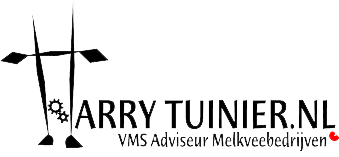Settings around cleaning after separation milk.
When milk can’t go into the milk tank, you have four options: the milk goes into one of the three cans or directly into the drainage.
It is possible to select different types of cleaning for different situations.
DeLaval thinks it is safest to select the main cleaning after a milking containing antibiotics.
There are two possibilities when it comes to separation milk: Separation 1 and 2.The milk programmed as Separation 1 is directed to Can 1 and Separation 2 to Can 2.
There are also two possibilities for colostrum: Colostrum 1 and Colostrum 2 go to Can 3 but you can select a different cleaning program.
It can be useful to select Separation 1 or Colostrum 1 for light cases, with no penicillin but you also don’t want the milk in the tank. (Colostrum from first calving cows, a cow that has been dry for full period, calf drinking milk, etc.)
So, “1” with a simple cleaning. And separation “2” and colostrum “2” for heavier cases (after antibiotic treatment, been dry for a too short period of time) which need a heaver cleaning.
In principle the “1”s can endure a milder cleaning than a main cleaning. The “2” would need a main cleaning.
Drainage milk will always be of bad quality or infectious for other cows and should always be programmed with the main cleaning.
“1” for easy and “2” for hard is easy to remember and also easy to explain to employees and substitutes within your dairy.
In practice, many dairy farmers select a lighter cleaning after a penicillin case because the main cleaning takes them up too much time.
I hope you understand that DeLaval perceives this to be very risky!
Using your touchscreen, you can milk cows with deviating milk consecutively. After this, VMS cleans with the biggest cleaning programmed, or you can turn on the main cleaning. This is safest and also costs the least amount of time.






